Discover 20 hidden attractions, cool sights, and unusual things to do in Milton Keynes (United Kingdom). Don't miss out on these must-see attractions: Bletchley Park, Campbell Park, and Grand Union Canal. Also, be sure to include Stadium MK in your itinerary.
Below, you can find the list of the most amazing places you should visit in Milton Keynes (England).
Table of Contents
Bletchley Park
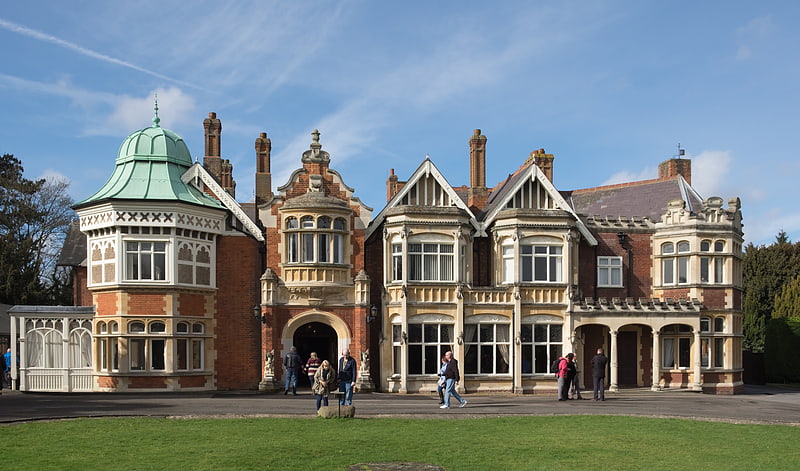
Historical landmark in Bletchley, England. Bletchley Park is an English country house and estate in Bletchley, Milton Keynes that became the principal centre of Allied code-breaking during the Second World War. The mansion was constructed during the years following 1883 for the financier and politician Sir Herbert Leon in the Victorian Gothic, Tudor, and Dutch Baroque styles, on the site of older buildings of the same name.
During World War II, the estate housed the Government Code and Cypher School (GC&CS), which regularly penetrated the secret communications of the Axis Powers – most importantly the German Enigma and Lorenz ciphers. The GC&CS team of codebreakers included Alan Turing, Gordon Welchman, Hugh Alexander, Bill Tutte, and Stuart Milner-Barry. The nature of the work at Bletchley remained secret until many years after the war.
According to the official historian of British Intelligence, the "Ultra" intelligence produced at Bletchley shortened the war by two to four years, and without it the outcome of the war would have been uncertain. The team at Bletchley Park devised automatic machinery to help with decryption, culminating in the development of Colossus, the world's first programmable digital electronic computer. Codebreaking operations at Bletchley Park came to an end in 1946 and all information about the wartime operations was classified until the mid-1970s.
After the war it had various uses including as a teacher-training college and local GPO headquarters. By 1990 the huts in which the codebreakers worked were being considered for demolition and redevelopment. The Bletchley Park Trust was formed in February 1992 to save large portions of the site from development.
More recently, Bletchley Park has been open to the public, featuring interpretive exhibits and huts that have been rebuilt to appear as they did during their wartime operations. It receives hundreds of thousands of visitors annually. The separate National Museum of Computing, which includes a working replica Bombe machine and a rebuilt Colossus computer, is housed in Block H on the site.[1]
Address: Sherwood Dr, MK3 6EB Milton Keynes (West Bletchley)
Campbell Park

Cricket ground in Milton Keynes, England. Campbell Park is a cricket ground in Milton Keynes, Buckinghamshire, located in Campbell Park. The first recorded match on the ground in 1981, when the Northamptonshire Second XI played the Leicestershire Second XI in the Second Eleven Championship.
The first List-A match held on the ground came in 1997 when Northamptonshire played Nottinghamshire in AXA Life League. In 1999, the ground hosted a List-A match between New Zealand A and Sri Lanka A. As of March 2012, the most recent List-A match held on the ground came in 2004 when Northamptonshire played Hampshire in the Totesport League.
In 2000, Campbell Park hosted a single first-class match between a First-Class Counties Select XI and New Zealand.
In 2005, the ground hosted its first Twenty20 match when Northamptonshire played Gloucestershire in the 2005 Twenty20 Cup. From 2005 to 2008, the ground 4 Twenty20 matches, the last of which saw Northamptonshire play Warwickshire in the 2008 Twenty20 Cup.
Between 1998 and 2000, Buckinghamshire used the ground for Minor Counties matches, playing 2 Minor Counties Championship matches against Staffordshire and Suffolk and a single MCCA Knockout Trophy match against the Sussex Cricket Board.
Campbell Park has held 2 Women's One Day Internationals; the first was between England women and South Africa women in 1997 and the second between India women and Ireland women in 1999.
In local domestic cricket, the ground was the home venue of the Northamptonshire Cricket Academy who play in the Northamptonshire Cricket League.
Campbell Park is now used by Stony Stratford Cricket Club for their Premier Division and Division 2 fixtures in the Northamptonshire Cricket League.[2]
Address: Silbury Boulevard, Milton Keynes (Campbell Park)
Grand Union Canal

Canal in England. The Grand Union Canal in England is part of the British canal system. Its main line starts in London and ends in Birmingham, stretching for 137 miles with 166 locks. It has arms to places including Leicester, Slough, Aylesbury, Wendover and Northampton.
The Grand Union Canal was also the original name for part of what is now part of the Leicester Line of the modern Grand Union, which is now generally referred to as the Old Grand Union Canal to avoid ambiguity.[3]
Address: Silbury Boulevard, MK9 Milton Keynes (Campbell Park)
Stadium MK

Stadium in Bletchley, England. Stadium MK is a football ground in the Denbigh district of Bletchley in Milton Keynes, Buckinghamshire, England. Designed by Populous and opened in 2007, it is the home ground of EFL League One side Milton Keynes Dons and FA Women's National League South side Milton Keynes Dons Women.
As of May 2015, the stadium has two tiers which hold a capacity of 30,500. Should it be required, there is the option to increase the capacity of the stadium again to 45,000 with the addition of a third tier, hence the high roof. The design will comply with UEFA's Elite Stadium specifications and includes a Desso GrassMaster playing surface.
The plans of the complex included an indoor arena, Arena MK (now known as The Marshall Arena), that was to be the home of the Milton Keynes Lions professional basketball team. However, the retail developments that would have provided enabling funding were deferred due to lack of financing, leaving the Lions without a home. Following the conclusion of the 2011–12 season, the Lions could not secure a venue within Milton Keynes, resulting in a move south to the Copper Box.
In addition to association football, the stadium occasionally hosts rugby union. The first such occasion was in May 2008, when Saracens (who at the time groundshared with Watford at Vicarage Road) played Bristol at Stadium MK because Watford needed their ground for a Championship play-off. In 2011, Northampton Saints RFC used the ground for their Heineken Cup quarter and semi-final matches because their home ground is too small for major events. The stadium hosted three matches in the 2015 Rugby World Cup.
The stadium also hosts music concerts, with artists including Take That, Rammstein, Rod Stewart and Olly Murs having performed there in recent years.[4]
Address: Saxon St, MK1 1ST Milton Keynes (Bletchley and Fenny Stratford)
The National Museum of Computing
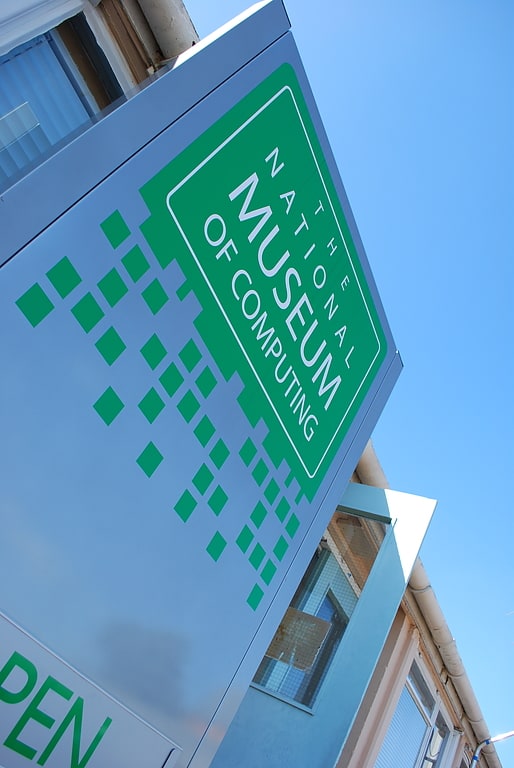
Museum in Bletchley, England. The National Museum of Computing is a museum in the United Kingdom dedicated to collecting and restoring historic computer systems. The museum is based in rented premises at Bletchley Park in Milton Keynes, Buckinghamshire and opened in 2007. The building — Block H — was the first purpose-built computer centre in the world, hosting six Colossus computers by the end of World War II.
The museum houses a rebuilt Mark 2 Colossus computer alongside an exhibition of the most complex code cracking activities performed at the Park, along with examples of machines continuing the history of the development of computing from the 1940s to the present day. The museum has a policy of having as many of the exhibits as possible in full working order.
Although located on the Bletchley Park "campus", The National Museum of Computing is an entirely separate registered charity with its own fund-raising and separate entrance/ticketing. TNMOC receives no public funding and relies on the generosity of donors and supporters.[5]
Address: Bletchley Park, MK3 6EB Milton Keynes (West Bletchley)
National Bowl

Event venue in England. The National Bowl is an entertainment venue located in Milton Keynes, Buckinghamshire, England. The site was a former clay pit, filled in and raised to form an amphitheatre using sub-soil excavated by the many new developments in the area. It has a maximum capacity of 65,000. The arena is open-air grassland, without seats.[6]
Address: Watling St, MK5 8AA Milton Keynes (Loughton)
Cowper and Newton Museum
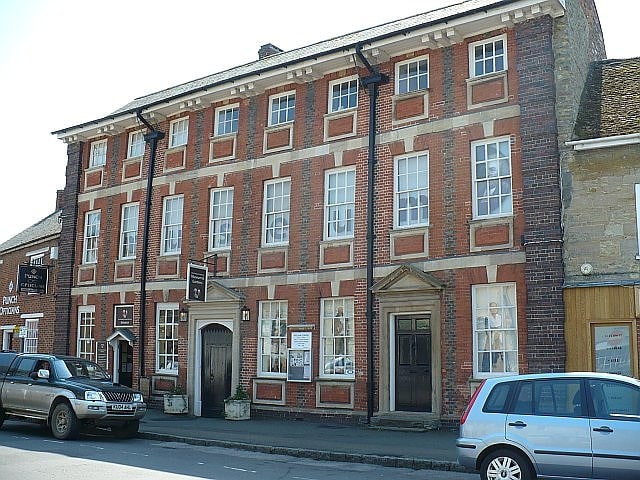
Museum in Olney, England. The Cowper and Newton Museum is a museum in Olney, Buckinghamshire, England, in the Borough of Milton Keynes. Celebrating the work and lives of two famous local residents: William Cowper a celebrated 18th-century poet; and John Newton, a prominent slave trader who was curate in the local church. Together, Cowper and Newton wrote the Olney Hymns, including one of the world's most popular hymns, Amazing Grace.
The museum is housed in a large red-brick Georgian house, called Orchard Side, on the corner of Market Place in Olney.[7]
Address: Orchard Side, MK46 4AJ Milton Keynes
Concrete Cows
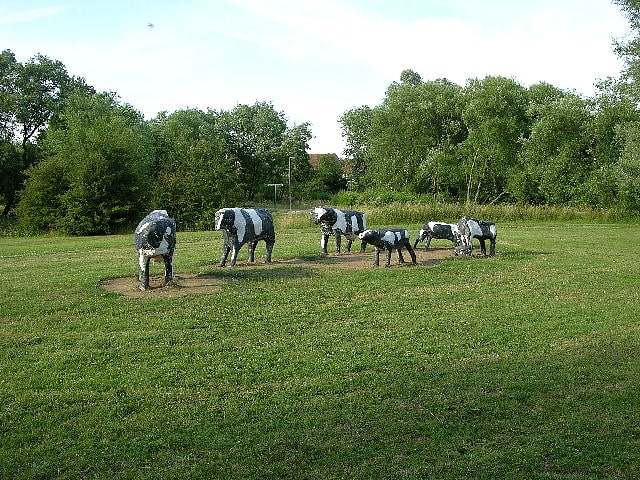
Sculpture created in 1978. The Concrete Cows in Milton Keynes, England are an iconic work of sculpture, created in 1978 by the American artist Liz Leyh. There are three cows and three calves, approximately half life size.
The Cows are constructed from scrap, skinned with fibre glass reinforced concrete donated by a local builder.[8]
The Point
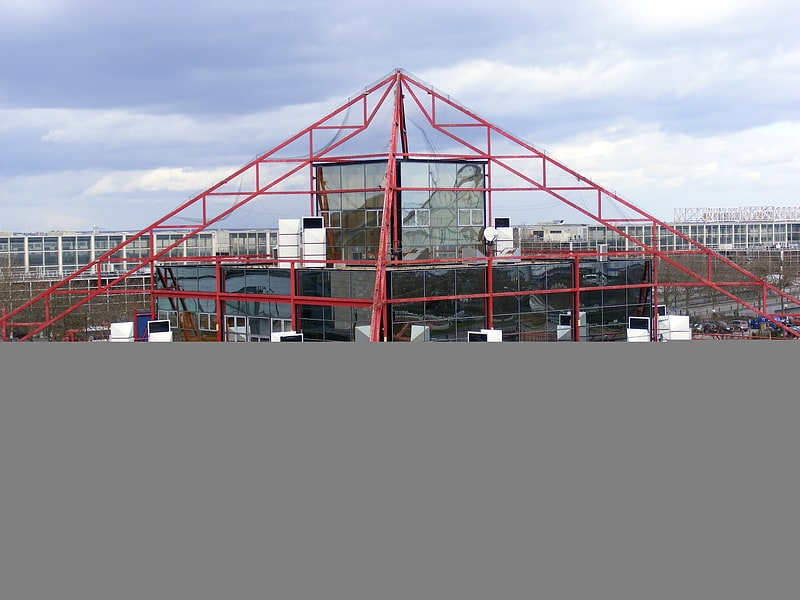
Building complex in Milton Keynes, England. The Point is an entertainment complex in Central Milton Keynes, Buckinghamshire, England. When it opened in 1985, it was called the UK's first multiplex cinema although the UK had introduced multi-screen cinemas in 1930 and had been increasing the number of screens in cinemas ever since. The front part of the building has a distinctive mirrored crystal ziggurat shape, framed by external steel beams at each corner, joined at the apex. Originally it had red neon lights connecting the apexes at each side, so that it looked like a pyramid at night.
In May 2012, the building's owners Hammerson announced proposals to demolish the building and replace it with a retail-based development. On 6 March 2014, Milton Keynes Council voted to approve the application. On 26 February 2015, the Odeon cinema to the rear of the building closed, in preparation for the demolition. Historic England had refused to recommend the building for listed status.[9]
Address: Milton Keynes, Midsummer Boulevard
The Church of Christ the Cornerstone
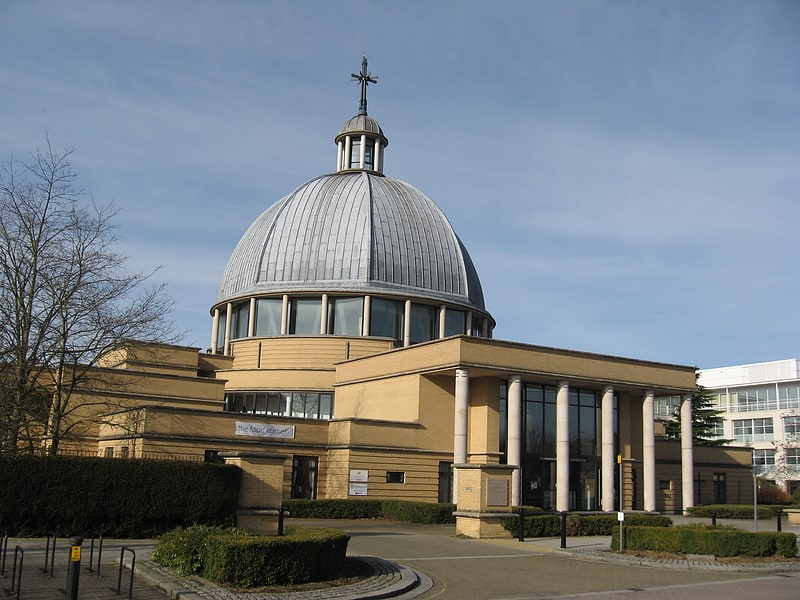
Church in Milton Keynes, England. Church of Christ the Cornerstone is an Ecumenical church in Milton Keynes, Buckinghamshire. It was completed in 1991 and has the Church of England, the Baptist Union, the Methodist Church, the Roman Catholic Church and the United Reformed Church working together and share the space. It is situated in Central Milton Keynes on Saxon Gate, between Midsummer and Silbury boulevards, with the Fred Roche Memorial Gardens behind it. It was the first ecumenical metro centre church in the United Kingdom.[10]
Address: 300 Saxon Gate, MK9 2ES Milton Keynes
Milton Keynes Museum
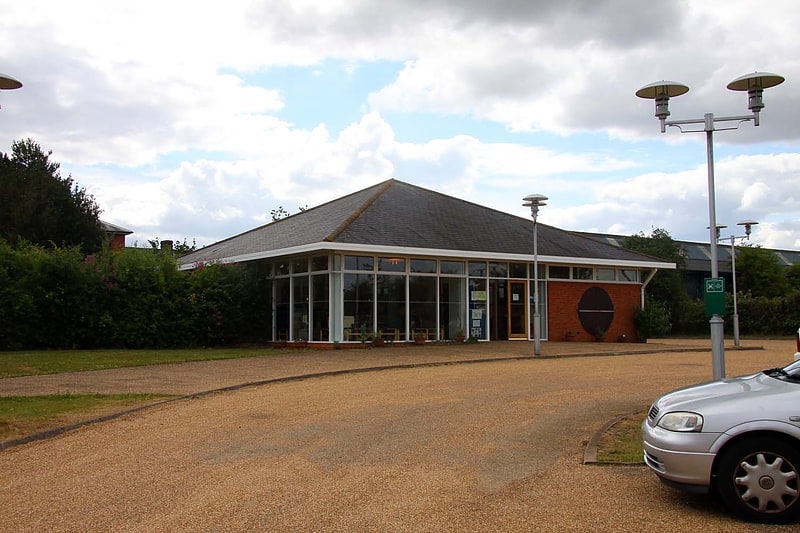
Museum in Wolverton, England. Milton Keynes Museum is an independent local museum in the parish of Wolverton and Greenleys in Milton Keynes, England. It is mostly run by volunteers with a small number of paid staff.
The museum is housed in a former Victorian farmstead. It covers the history of the Milton Keynes area, including northern Buckinghamshire and southern Northamptonshire, from the year 1800 onwards. It includes the Stacey Hill Collection of rural life, consisting of agricultural, domestic, industrial, and social objects connected to the area before the 1967 foundation of Milton Keynes.
There is also a collection of many memorabilia of the nearby Wolverton railway works.
The museum's Connected Earth collection includes a variety of historic telephones and switchboards, many still in working order. The museum also has some historic Post Office and British Telecom vehicles. The largest of these is the Road Phone, an enormous working telephone used for promotional purposes.
The museum was previously called the Stacey Hill Museum.[11]
Address: McConnell Dr, MK12 5EL Milton Keynes (Wolverton - Greenleys)
Milton Keynes Theatre
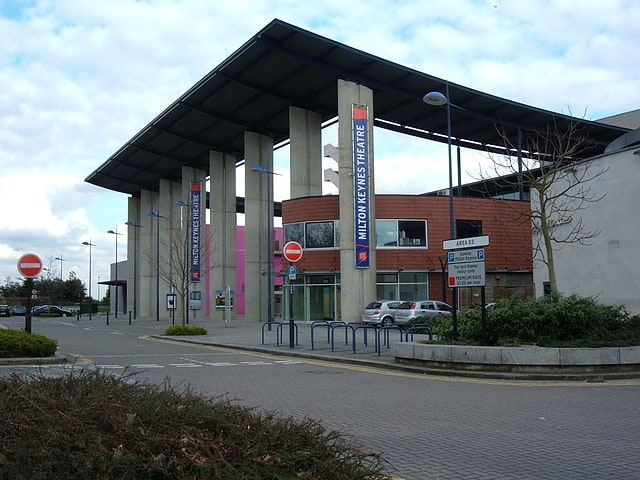
Theatre in Milton Keynes, England. Milton Keynes Theatre is a large theatre in Milton Keynes, Buckinghamshire. It opened on 4 October 1999, 25 years after the campaign for a new theatre first started.
Designed by architects Blonski-Heard with Kut Nadiadi and Robert Doe, the theatre design employed the latest building techniques, using some of the most technically advanced equipment available.
The auditorium has been designed to accommodate various shows: the ceiling can be lowered or raised depending on the scale of the production. The seating can also be moved around within the auditorium to vary the capacity from between 900 and 1,400. Consequently, the theatre accommodates a wide range of productions, from large-scale musicals, to smaller, more intimate drama.
The acoustic designers, Arup Acoustics, used a 1:50 scale acoustic model to determine the effect of the moving ceiling on the acoustic.
The programme includes a variety of large and small West End productions and a Christmas pantomime, touring opera and ballet, as well as touring drama.
The theatre is managed and operated by the Ambassador Theatre Group. ATG were appointed as theatre operator in 1998, before the theatre opened.[12]
Address: Milton Keynes, Marlborough Gate
Cosgrove aqueduct
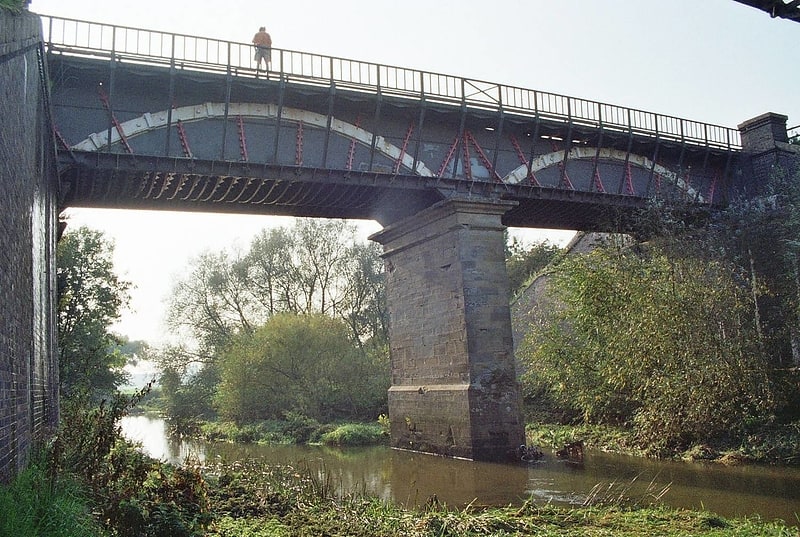
Cosgrove aqueduct is a navigable cast iron trough navigable aqueduct that carries the Grand Union Canal over the River Great Ouse, on the borders between Buckinghamshire and Northamptonshire at the northwest margin of Milton Keynes in England. The present structure was built in 1811, to replace a previous brick structure that had failed. When the present structure was erected, it was known as the "Iron Trunk". The structure has two cast iron trough spans, with a single central masonry pier. The abutments were constructed in masonry but have been refaced in brick during the twentieth century. The trough is 15 feet wide, 6 ft 6 in deep, with a total length of 101 feet. The canal surface is about 40 feet above the surface of the river. There are large approach earthworks about 36 feet high above the valley floor and 150 feet wide, with a total length of half a mile.[13]
St Mary's Church
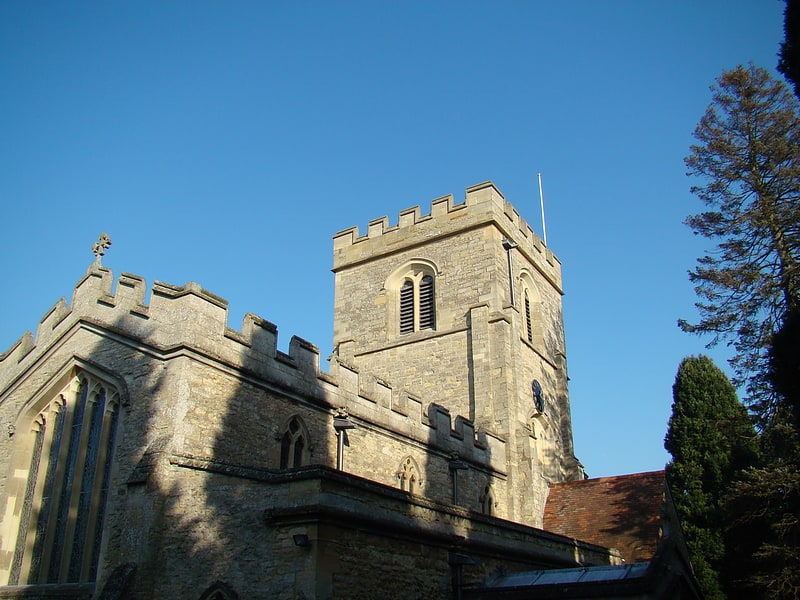
Church in Shenley Church End, England. St. Mary's Church, Shenley is an ecumenical church located in Shenley Church End, Milton Keynes, England. The church now forms part of the Watling Valley Ecumenical Partnership. It is likely that the church building existed in some form from 1223, for this is when the first rector is recorded. Parts of the nave date back to c.1150, and parts of the chancel date back to c.1180. The stonework in the church covers both Norman and Early English periods. The north aisle was built in the 14th century, and the Font in the 15th century. The church is Grade I listed, and seats approximately 120 people.[14]
Address: Dudley Hill, MK5 6LL Milton Keynes (Shenley Church End)
All Saints Church
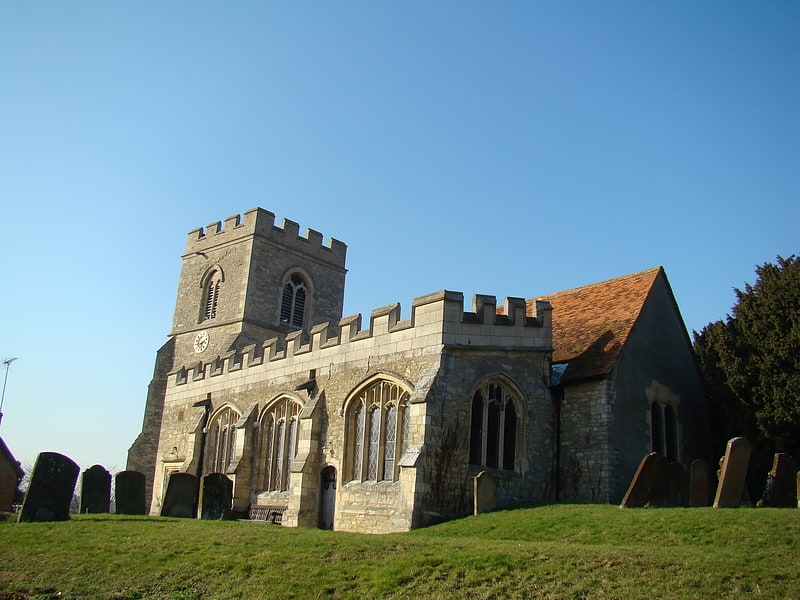
Church in Loughton, England. All Saints' Church is an ecumenical church located in Loughton, Milton Keynes, England.[15]
Address: Pitcher Ln, MK5 8AS Milton Keynes (Loughton)
Tickford Bridge
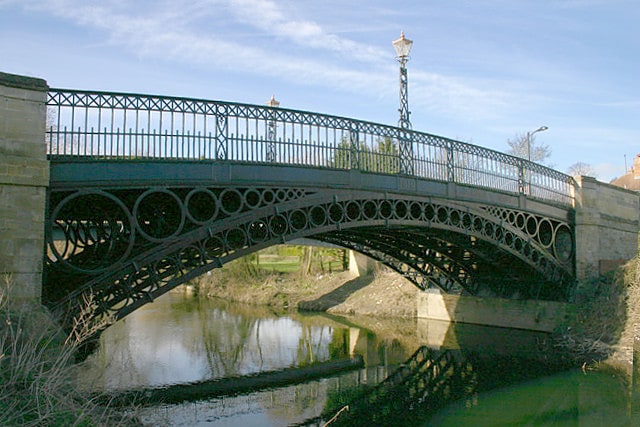
Bridge in Newport Pagnell, England. Tickford Bridge, over the River Ouzel in Newport Pagnell, Buckinghamshire, England, was built in 1810. It is one of the last cast iron bridge in Britain that still carries modern road traffic, and is the oldest bridge in the Borough of Milton Keynes. There is a plaque near the footbridge at the side that gives details of its history and construction. A large set of sluice gates, used to control downstream flooding of the River Great Ouse, is located near the bridge.
Tickford Bridge is Grade I listed by Historic England.[16]
Church of St Mary
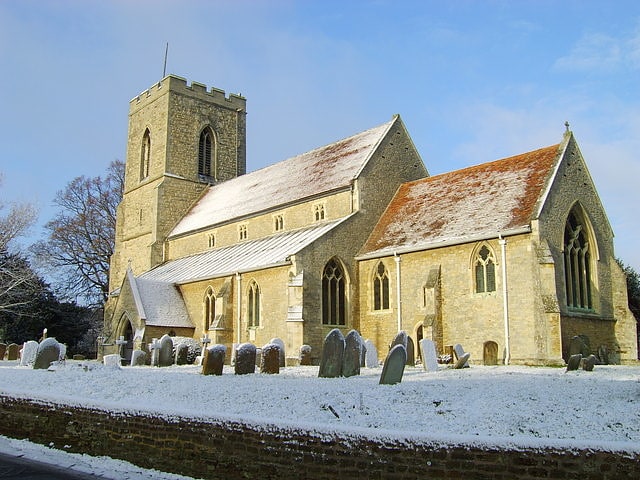
Church in Wavendon, England. Church of St Mary is a 13th-century parish church in the village of Wavendon, Borough of Milton Keynes, Buckinghamshire, England. It was designated a Grade II* listed building in 1966.[17]
Address: Walton Rd, MK17 8LY Milton Keynes
Two Mile Ash
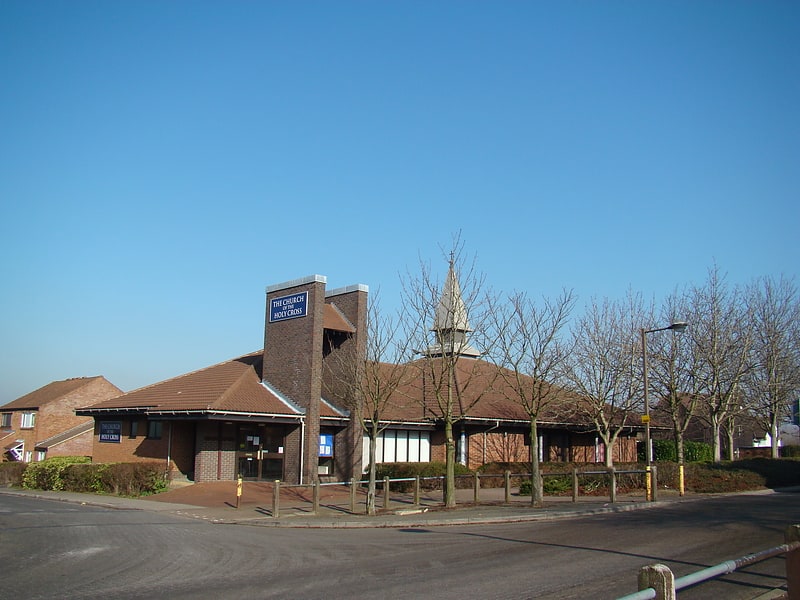
Church in Two Mile Ash, England. Two Mile Ash is a district of north-west Milton Keynes in Buckinghamshire, England, two miles south of Stony Stratford, just off Watling Street. The district was named after the Two Mile Ash toll gate on Watling Street. It is one of the larger districts, but a large part of its area is taken up by Abbey Hill, an 18-hole golf course. Consequently, many of the streets here are named after famous golf courses. The district was one of the first to be built in the private housing period of the development of Milton Keynes. It is in Abbey Hill civil parish.
The main spine of the area is The High Street with facilities running off it. Three other main roads are named Church Hill, Clay Hill and Corn Hill, all of which provide exits from the district. Fairways is another exit road, which lies near the Abbey Hill Golf Course. Two Mile Ash provides space for one half of this course, the other half is in neighbouring Kiln Farm, accessed by a foot bridge.
There is a lot of variety in the housing. There is a scheme of Findlandia super-insulated houses in Calewen and some very distinctive shared ownership homes in the High Street. It has two schools (Two Mile Ash Middle School and Ashbrook First School), two pre-schools (Two Mile Ash Pre-school and Helping Hands) and it also has three churches.[18]
Address: 2 Church Hill, MK8 8EQ Milton Keynes (Bradwell Abbey)
Howe Park Wood
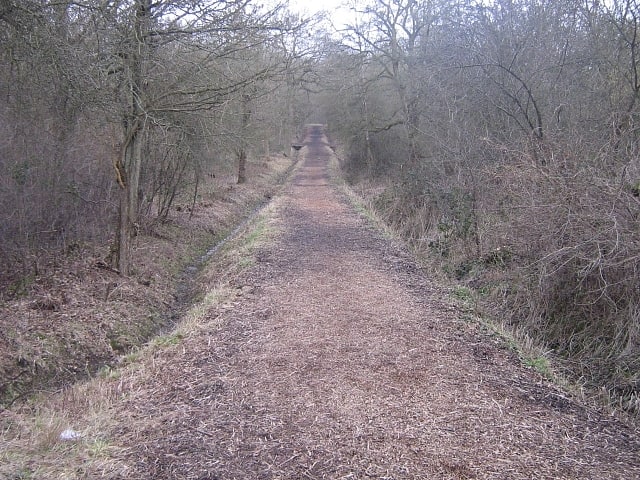
Howe Park Wood is a 21.4 hectare Site of Special Scientific Interest in Tattenhoe, a district of Milton Keynes in Buckinghamshire. It is owned by Milton Keynes Council and managed by Milton Keynes Parks Trust.
The site is semi-natural woodland which is recorded in the thirteenth century, and possibly the eleventh century. Ancient large oak trees may reflect a medieval past as a deer park. It is poorly drained on clay, causing seasonal waterlogging, with some areas which are drier. Loughton Brook runs along the boundary. There is a wide variety of trees and shrubs, and almost three hundred species of moths have been recorded. Butterflies include the nationally rare black hairstreak.
The park is between Chaffron Way and Tattenhoe Street.[19]
Address: 32 Hengistbury Lane, Milton Keynes (Shenley Brook End)
St Mary & St Giles Church
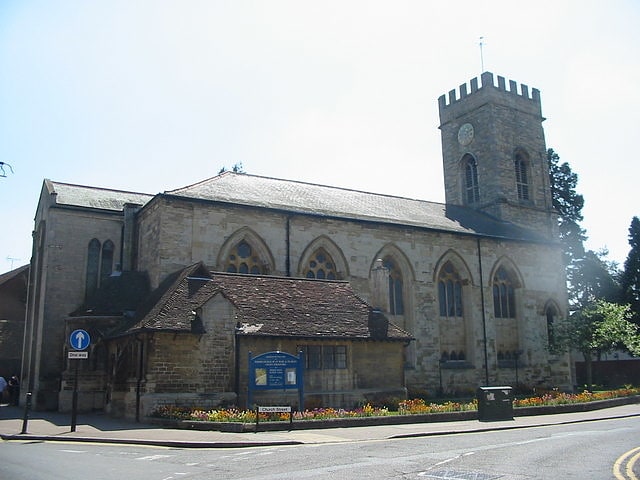
St Mary & St Giles Church is a parish church in Stony Stratford, in Milton Keynes, England.[20]